Latest articles
11.12.2023
Final conference of the 6th medium-term programme 2020-2023 (13-14 December 2023, Graz, Austria & online)
“Inspiring innovation in language education: changing contexts, evolving competences” – Join the livestream!
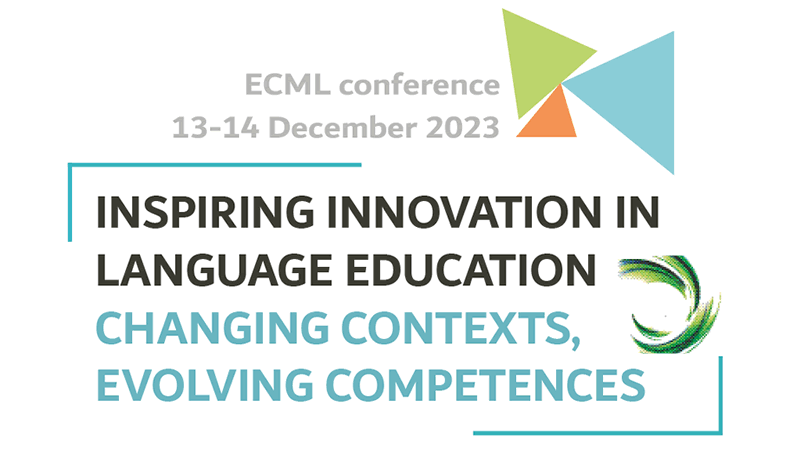
The conference represents the culmination of the four years of work of the ECML’s “Inspiring innovation in language education: changing contexts, evolving competences” programme, involving, among others, 9projects, 1think tank, 12offers of training and consultancy (TaC) and a series of initiatives developed with the support of the European Commission.
The conference is aimed at all language education professionals and in particular at ECML stakeholders, policy makers and persons with a professional focus on the practice of language education (curriculum development, teacher education, material design…).
The programme involves plenary presentations, speeches, a round table, a series of smaller workshops for the presentation and discussion of programme outputs and outcomes as well as envisaged links to activities in the 2024-2027 programme.
The workshops on the second day of the conference will be organised thematically:
- Language teacher and learner competences,
- Transversal dimension of language education / Competences for life and work,
- Plurilingual and intercultural education,
- Languages of schooling; language in subjects.
Within each given theme there will be a focus on the completed project resources and related TaC activities from the current programme. Presenters will focus on the inspiring and innovative aspects of their TaC activity/new resources and will consider how the different approaches and materials presented in their thematic session complement one other.
This will also be an excellent opportunity to get a preview of the new ECML programme “Language education at the heart of democracy” (2024-2027).
In order to ensure access to a wider audience, the event will be streamed in both working languages (English and French) and the recordings made available on the ECML website.
Conference web page: English – French
Conference programme: English – French
Join the live streaming here – no registration required: English – French
#ECMLCELVconf2023
16.05.2023
“PALINGUI – Young children’s language learning”: ECML workshop (Graz, Austria, 15-16 March 2023)
On Wednesday 15th and Thursday 16th March 2023 the PALINGUI team hosted their workshop in a sunny (but cold!) Graz. The workshop was attended by 30 individuals from different educational contexts across the Council of Europe area and provided the opportunity for the team to share their vision and ideas for the PALINGUI website aimed at teachers and educators working with children aged 3 to 12.
Over the two days there were inputs from the team and rich discussions on the key principles which underpin ways that diverse language learning pathways can be made visible in the classroom and the school through observation, assessment, and documentation, as well as looking at the challenges and opportunities which exist in the different and diverse educational contexts.
The PALINGUI team looks forward to using these discussions to inform the next steps of this project: the website which will be a resource for teachers and educators of children aged 3 to 12, to support them in making language learning visible and support multilingual practices in their classroom and school setting. The website will be officially launched in December 2023 – but you can stay up to date with the latest developments of this project through our Twitter page (@PALINGUI) or through our mailing list.
Inge Birnie, project coordinator
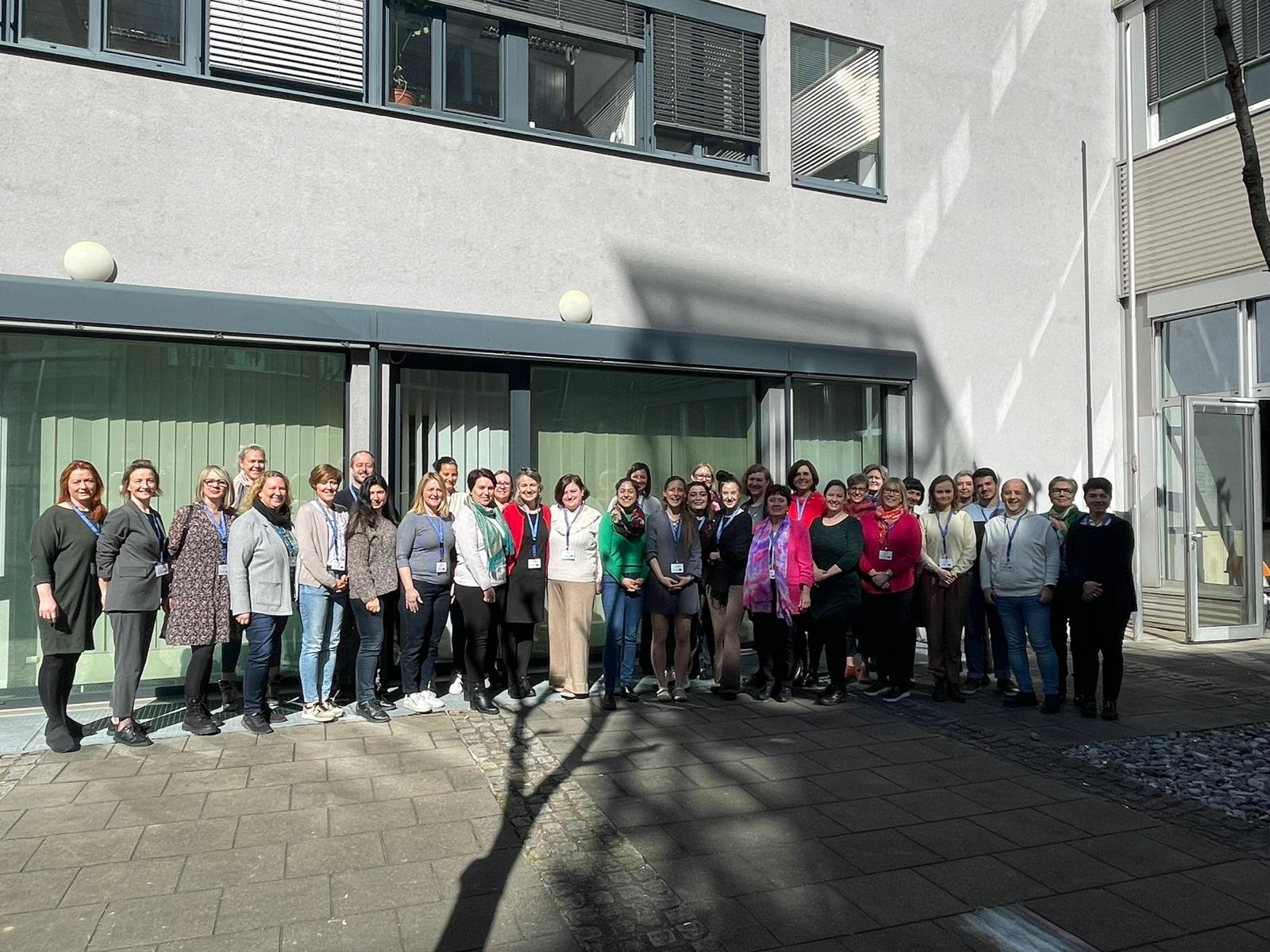
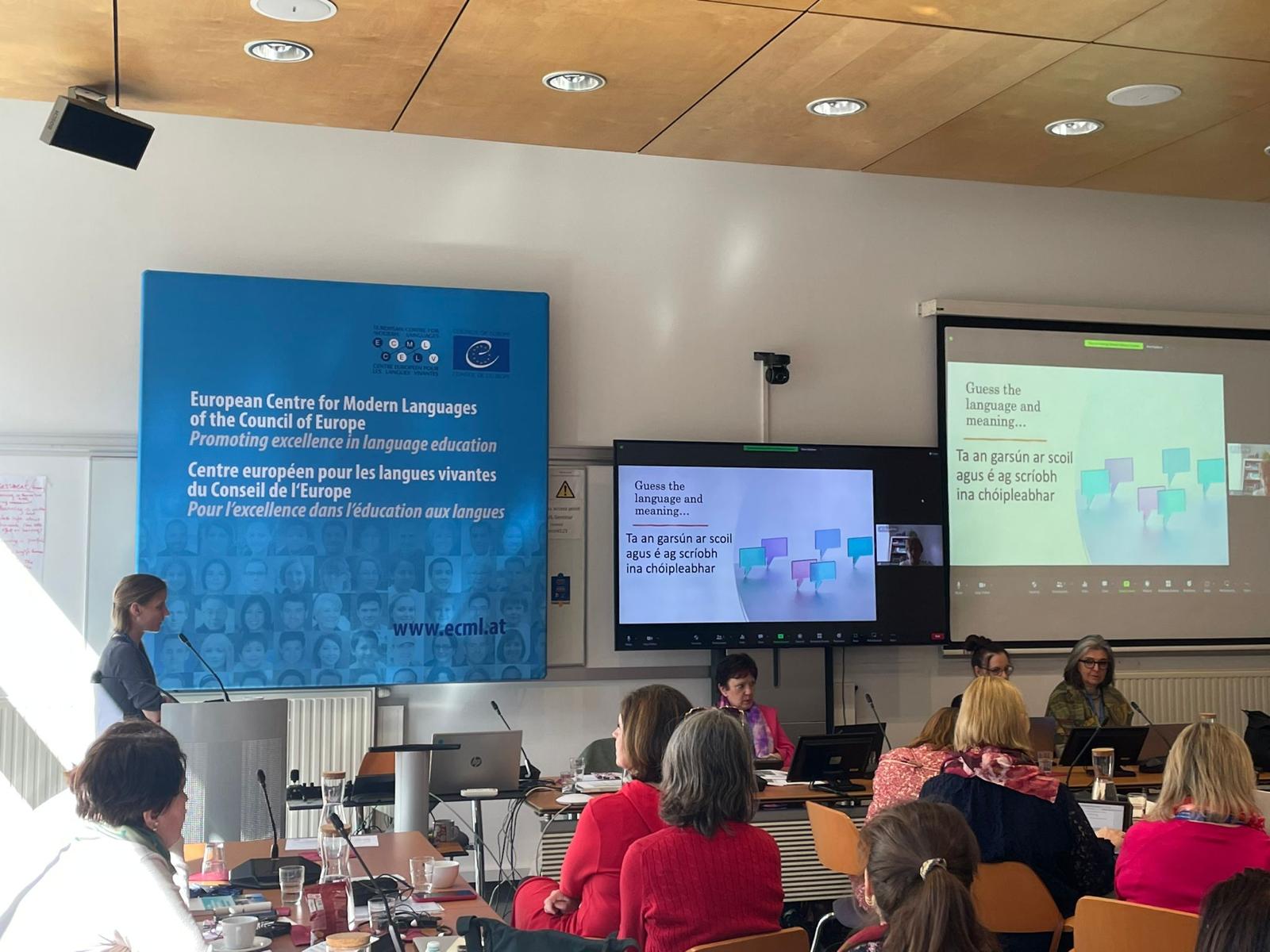
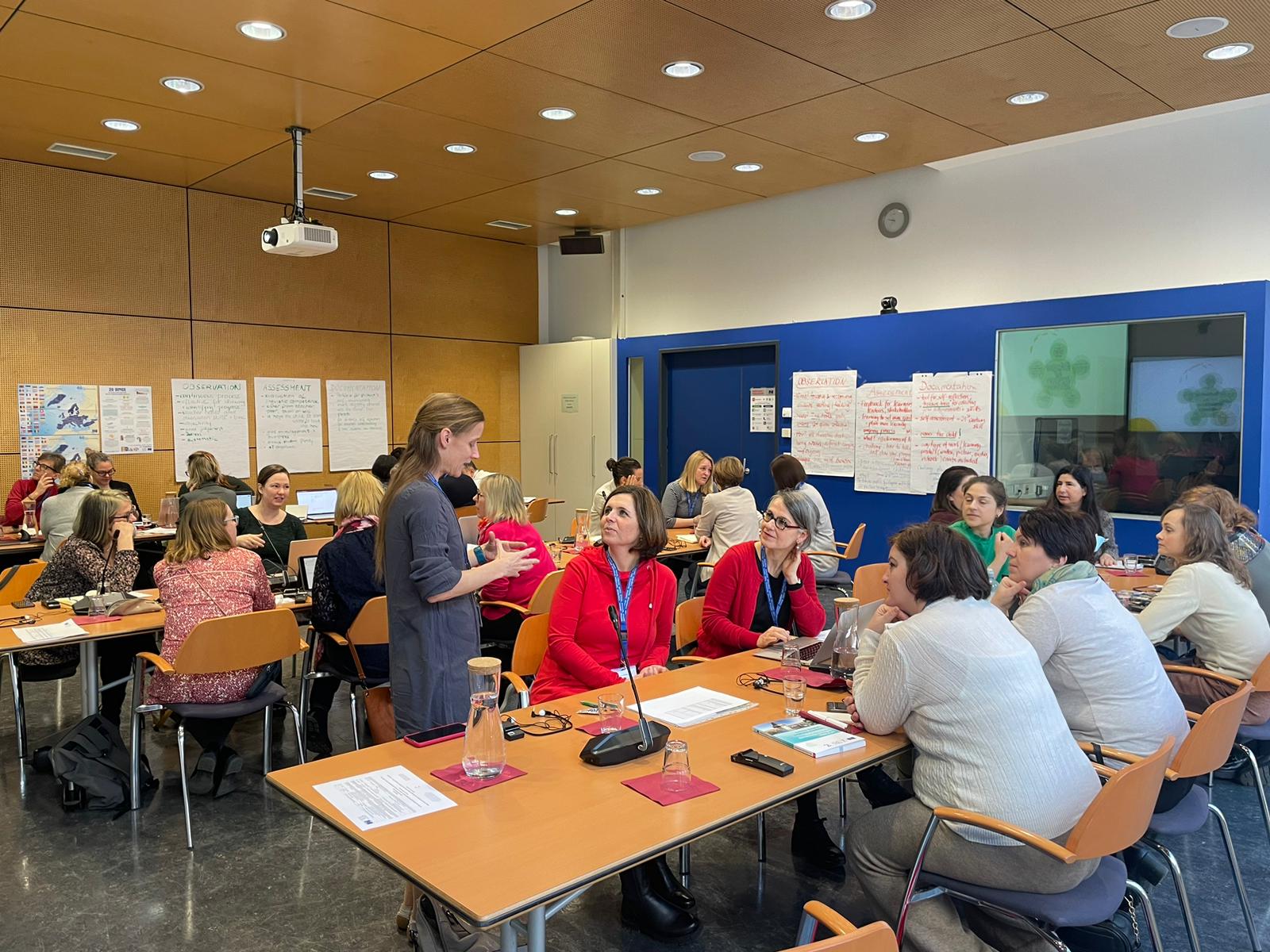
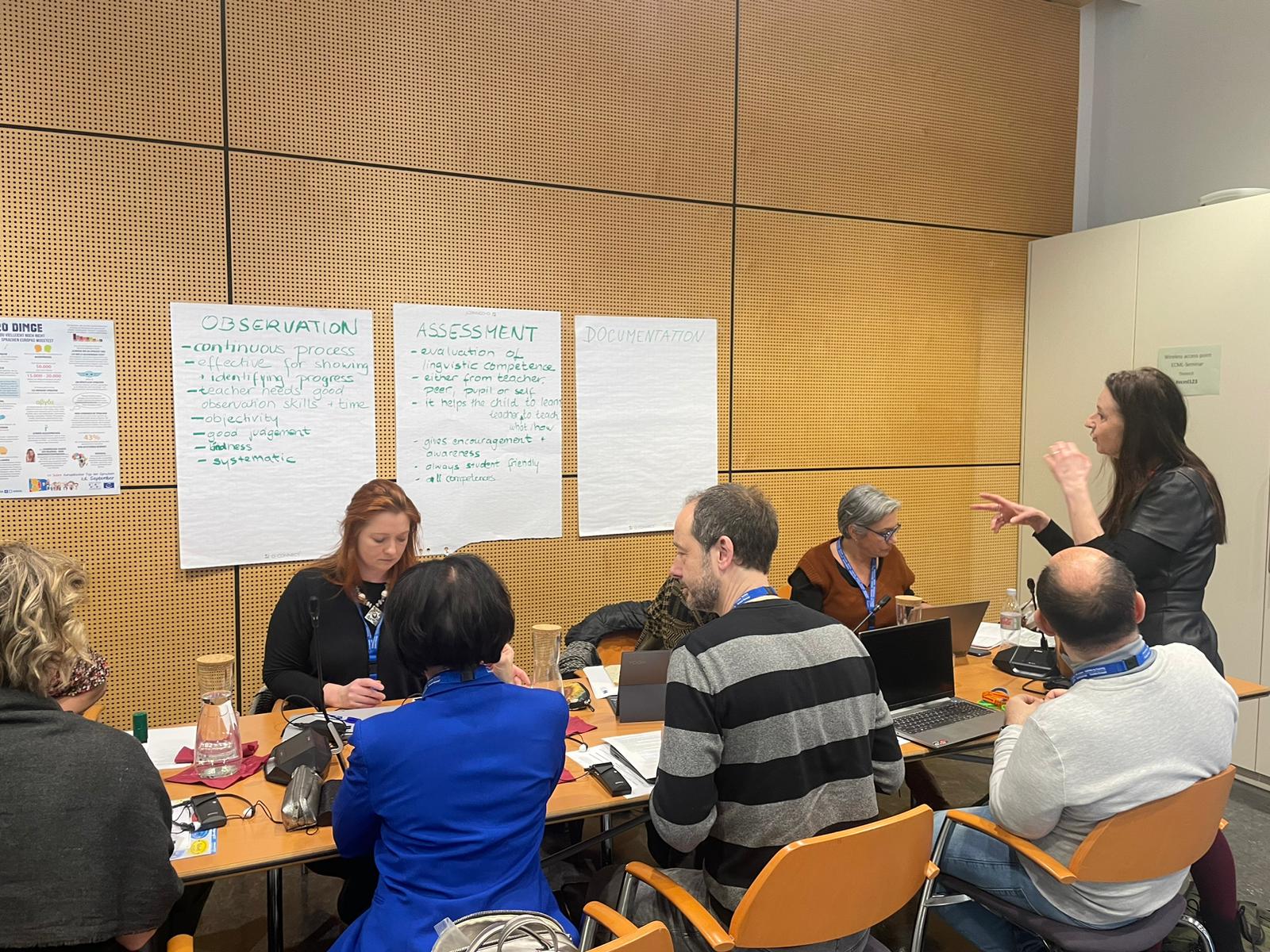
18.10.2022
PALINGUI: Network meeting 29th September 2022
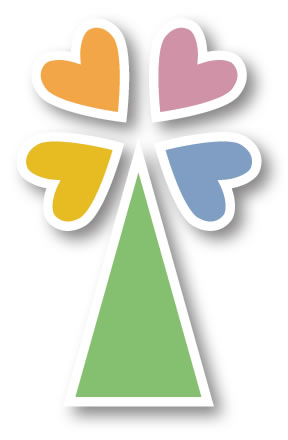 The second online network meeting of PALINGUI – making Language learning pathways visible for children aged 3-12 – took place on the 29th of September 2022. This meeting focussed on guiding teachers in supporting child-centred approaches in implementing multilingual practices in their educational setting through observation, assessment, and documentation.
The second online network meeting of PALINGUI – making Language learning pathways visible for children aged 3-12 – took place on the 29th of September 2022. This meeting focussed on guiding teachers in supporting child-centred approaches in implementing multilingual practices in their educational setting through observation, assessment, and documentation.
The meeting was attended by over 30 participants from across Europe and beyond, including practitioners, researchers, and policy makers working in the field of language education. The network meeting opened with two presentations. Claudine Kirsch spoke about the COMPARE (Collaboration with parents and multiliteracies in early childhood education) project, and Drorit Lengyel, after discussing the professionalisation plurilingualism in educational institutions presented the ELA-tool for assessing literacy in bilingual children in the primary school.
This was followed by an opportunity for participants to discuss, in different working groups, the various elements that contribute to languages in and for education with a particular focus on the multilingual education and how this can be institutionalised in practice across the different contexts to make the different language learning pathways visible.
Some further links:
A link to the notes from the Network Meeting can be found here, and you can access the projects and presentations from this, and the previous network meeting on our Padlet.
Thank you for your contributions and we look forward to sharing our PALINGUI developments and updates with you in the very near future.
Warm wishes,
Inge, Dana & Catherine
PALINGUI website / @PALINGUI
Authors: Dana Musilova, Inge Birnie, Catherine Carré-Karlinger.
31.03.2022
Palingui network meeting (16-17 March 2022) – Sharing experiences and making connections
Children’s language learning pathways are becoming increasingly complex and diverse. On the 16th and 17th of March 2022, 32 participants from over 22 different educational contexts joined the PALINGUI online network meeting to discuss how language learning pathways can be made visible, especially through observation, documentation, and assessment / evaluation.
The meeting involved a wide range of contributions, both from the team and from participants. This created opportunities to exchange ideas, share practical experiences and examples and research projects, and also to highlight and discuss appropriate pedagogical approaches with a focus on observing, assessing and documenting young children's learning pathways in multilingual contexts.
The rich discussions and contributions resulted in a treasure trove of materials and ideas, and the PALINGUI team will be using these to work on the next stage of the project. The preliminarily findings from the network meeting show that the role of the educators in supporting children recognising language learning pathways is a crucial one, and that there needs to be an awareness of the different ways in which language learning takes place, and the importance of valuing all language learning, regardless of the (perceived) status of the language. Respecting the entire language repertoire of each child is a major concern.
The PALINGUI team is very much looking forward to continuing the discussions around making language learning pathways visible, both with the participants from the network meeting and with others who may be interested.
If you wish to learn more about this project and the outcomes of the network meeting, please contact the project coordinator Inge Birnie (Ingeborg.Birnie@strath.ac.uk) or through our Twitter feed @PALINGUI. You can also continue to check on how the project is developing through our webpage https://www.ecml.at/palingui.
Author : Ingeborg Birnie
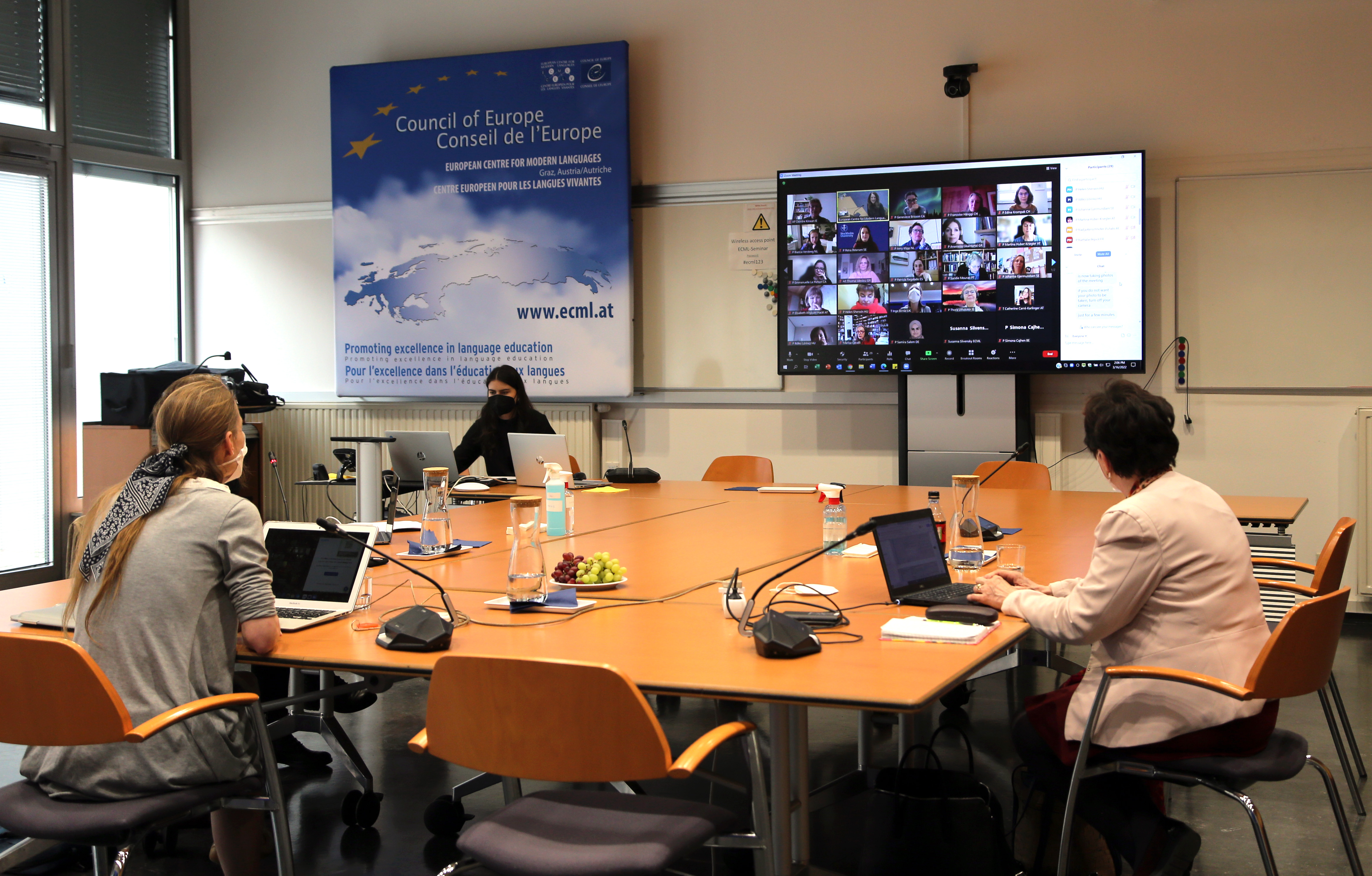
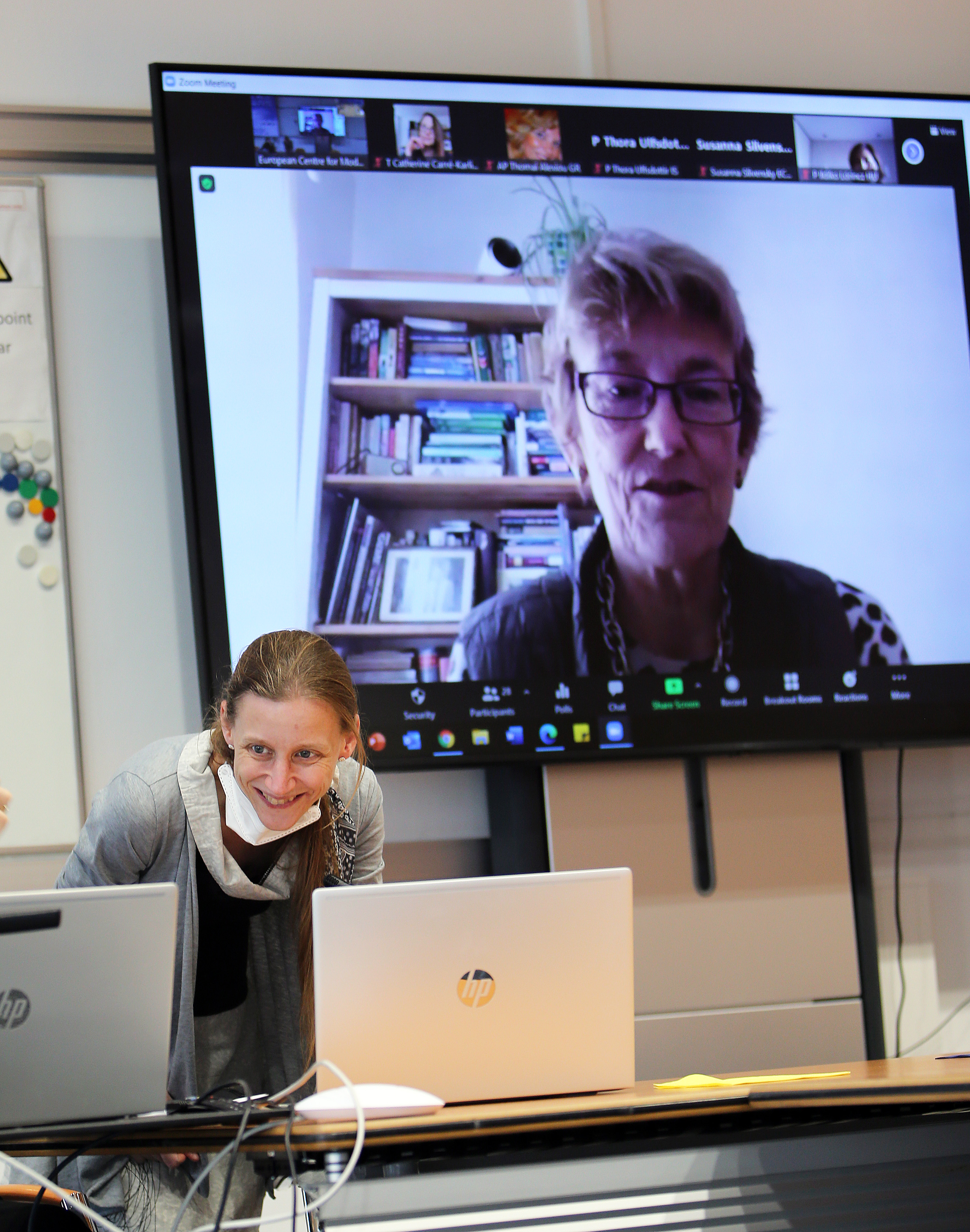
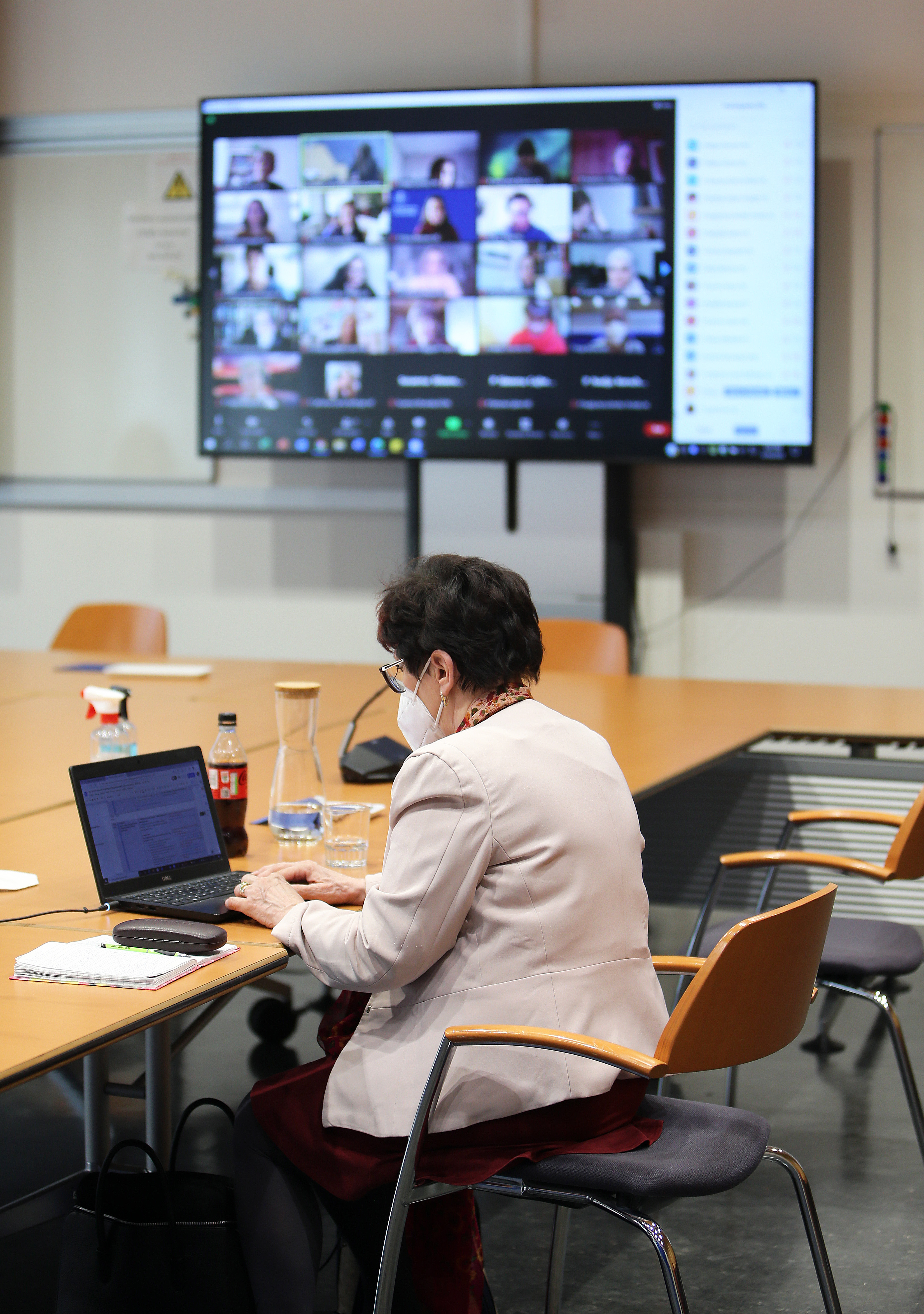
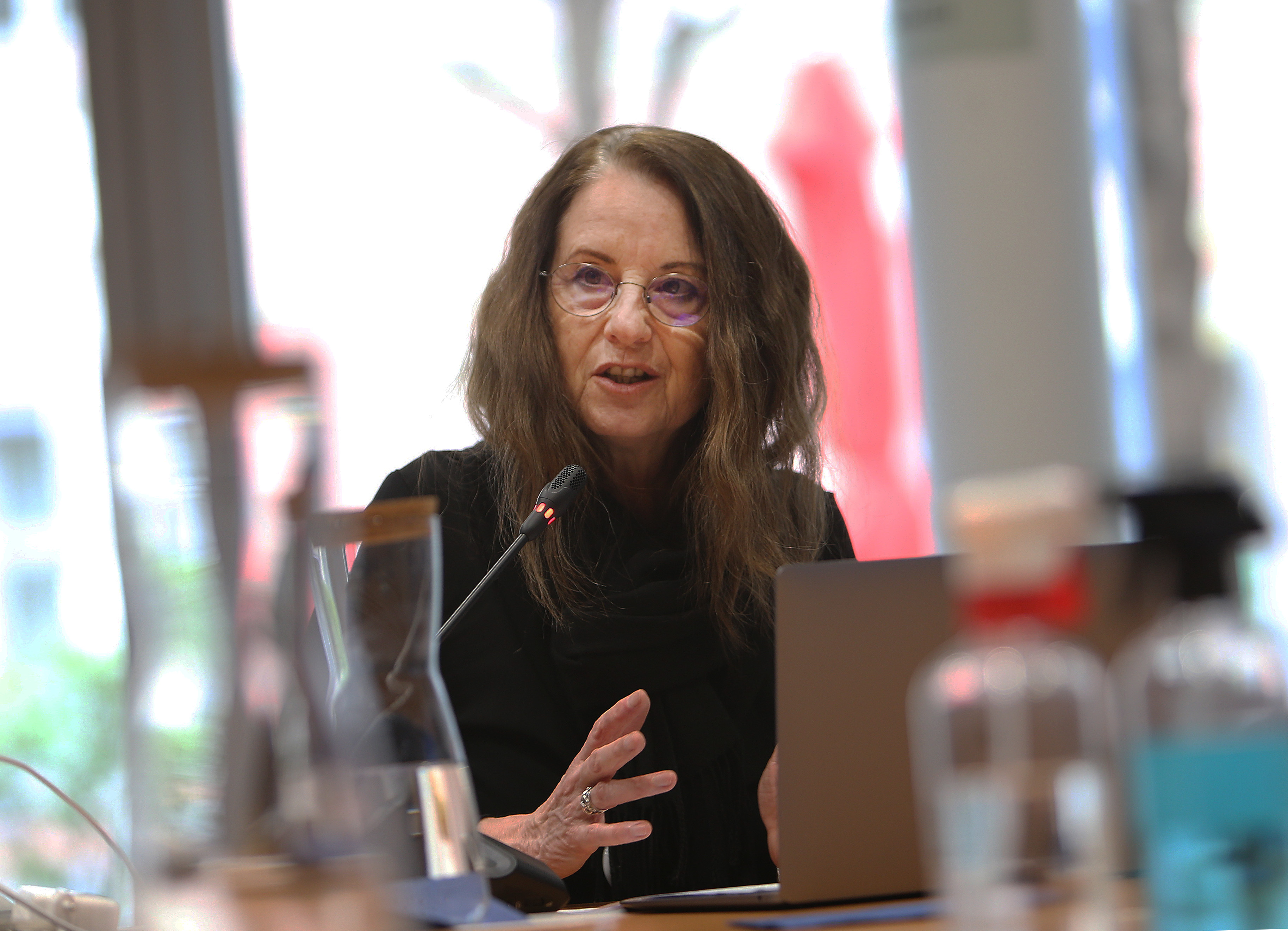
17.02.2022
Young children’s language learning pathways (PALINGUI): network meeting to refine key principles and to share good practice (16-17 March 2022)
Children live in an increasingly diverse and multi-cultural world. This means that language learning pathways have become as individual and unique as the young learners themselves. These language learning pathways are marked by both big and small learning steps and developments, and reflect the age, (developmental) stage and interests of each child, as well as their existing linguistic repertoire.
The PALINGUI project aims to create the tools to support teachers and educators to be able to reflect on the language learning pathways of young learners (age 3 to 12) and allow them to make this progress visible, not only for use within an educational environment, but also for the children and their parents. By providing methods and examples of inspiring practice, the project also aims to guide teachers in choosing appropriate teaching strategies to support children in the classroom and involve them in the process of making their own language learning visible.
The PALINGUI team has been working to identify the key principles that support teachers and educators in being able to identify, understand, support, and show the language learning in children through observation, assessment, and documentation. This project is now entering its next phase, starting with a network meeting in March 2022, which will involve a dialogue with a range of different professionals, to discuss and refine the key ideas and principles and allow for the sharing of good practice from a range of different educational contexts.
If you are interested in this project, and want to share your ideas or experiences, feel free to get in touch with Inge Birnie (ingeborg.birnie@strath.ac.uk). You can also follow the progress of the project through our Twitter account @Palingui and on the website “Young children’s language learning pathways – Making early language learning visible”.
Author: Dr Inge Birnie
03.03.2021
Take part in the webinar "Covid-19 and language education: Making home schooling motivating and fun”

ECML webinar for parents/carers, teachers and others involved in supporting the home learning of children and young people, especially those whose first language is not necessarily the language of schooling
Dr. Déirdre Kirwan
The Covid pandemic continues to dominate our lives and although schools in some countries are open again, there are still many young people who are learning from home, on a full or part-time basis. Linking to the theme of learner autonomy from the previous ECML webinar, Covid-19 and language education: Two challenges, one response, this latest webinar will focus on resources for the home-schooling of children and young people and how these can be successfully adapted to meet the needs of learners whose first language is not the language of schooling.
Déirdre Kirwan, ECML expert within the project Inspiring Language Learning – why it matters and what it looks like for children age 3 to 12 years and co-author of Engaging with Linguistic Diversity: A Study of Educational Inclusion in an Irish Primary School (2019), will present a range of practical ideas, many of them from the ECML’s Treasure Chest of Resources for learners, parents and teachers, which help ensure that home learning:
- is learner-centred, motivating and fun for everyone involved
- develops learners’ plurilingual repertoires - not only the language of schooling, but foreign languages and children’s home languages
- supports young people’s wellbeing despite social isolation
- gives parents/carers confidence in supporting their children’s learning
- includes self-management tools to develop learner autonomy and track progress
Please note: the webinar will be held in English only
PLEASE REGISTER HERE
22.01.2021
“Inspiring language learning and teaching in the early years – Why it matters and what it looks like for children age 3-12”: new resource website for pre-primary and primary teachers and educators
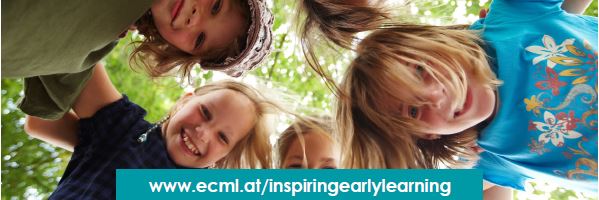
The European Centre for Modern Languages (ECML) of the Council of Europe is pleased to announce the completion in both English and French of its resource website “Inspiring language learning and teaching in the early years – Why it matters and what it looks like for children age 3-12” (www.ecml.at/inspiringearlylearning), an output of the ECML programme “Languages at the heart of learning” (2016-2019).
This website is packed with resources and strategies for teachers and educators in the pre-primary and primary sectors to help young children develop their linguistic and intercultural competences. These resources take account of the linguistic repertoires of children – the different languages they encounter at home, at school and in society – so that they can engage successfully with linguistic and cultural diversity. They are underpinned by a set of key guiding principles, also available on the website.
Users will become more aware of the benefits of early language learning in the context of multilingual classrooms and can choose from an extensive bank of practical classroom materials and inspiring stories, organised into three age groups (3-6, 6-9, 9–12-year-olds).
These pedagogical resources respond to the growing demand for support in early language education, ensuring language learning which is stimulating and enjoyable for learners and teachers alike.
“Inspiring language learning and teaching in the early years –
Why it matters and what it looks like for children age 3-12”
(www.ecml.at/inspiringearlylearning)

Click on the links below to go directly to the different resources:
07.04.2020
Spotlight on young children's language learning pathways: Launching of PA-LINGUI, a new ECML project
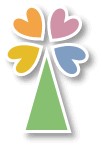 PA-LINGUI, the new ECML project, was officially launched on 6 March 2020. In a webinar attended by professionals from all over Europe, Canada and Japan, the PA-LINGUI team set the stage and presented the key ideas of the project.
PA-LINGUI, the new ECML project, was officially launched on 6 March 2020. In a webinar attended by professionals from all over Europe, Canada and Japan, the PA-LINGUI team set the stage and presented the key ideas of the project.
PA-LINGUI is very interested in the language pathways of young children from 3 to 12 years old (hence the origin of the acronym) and the ways of making these visible (hence the project subtitle)
Young children’s language learning pathways
Making early language learning visible
The question of “how” is at the forefront: encouraging reflection, exchanges, the sharing of ideas and experiences, the sharing of inspiring and innovative practices throughout the four years of the project.
Flore Schank, Ingeborg Birnie and Dana Musilova took the opportunity to invite the participants in the webinar to follow the progress of the project closely through a discussion forum which is accessible from the project web page
www.ecml.at/younglearnerpathways
Flore Schank, PA-LINGUI project coordinator
****
Related ECML publication
Related ECML thematic collection
10.03.2020
PALINGUI – Language learning pathways of young children – Making early language learning visible: webinar recording (5 March 2020) online

Language learning pathways are becoming more and more diverse as a result of linguistic and cultural diversity. This diversity means that young people can grow up with multiple languages and cultures, different practices and customs, as well as different ways of speaking and writing. The new PALINGUI project of the European Centre for Modern Languages of the Council of Europe (ECML) will be looking at these diverse linguistic journeys of young learners in educational contexts and how to make these visible through a range of methods and tools. These will make it possible to identify, understand and document language learning of children age 3 to 12 and thereby create learning opportunities allowing them to progress along their language learning pathways.
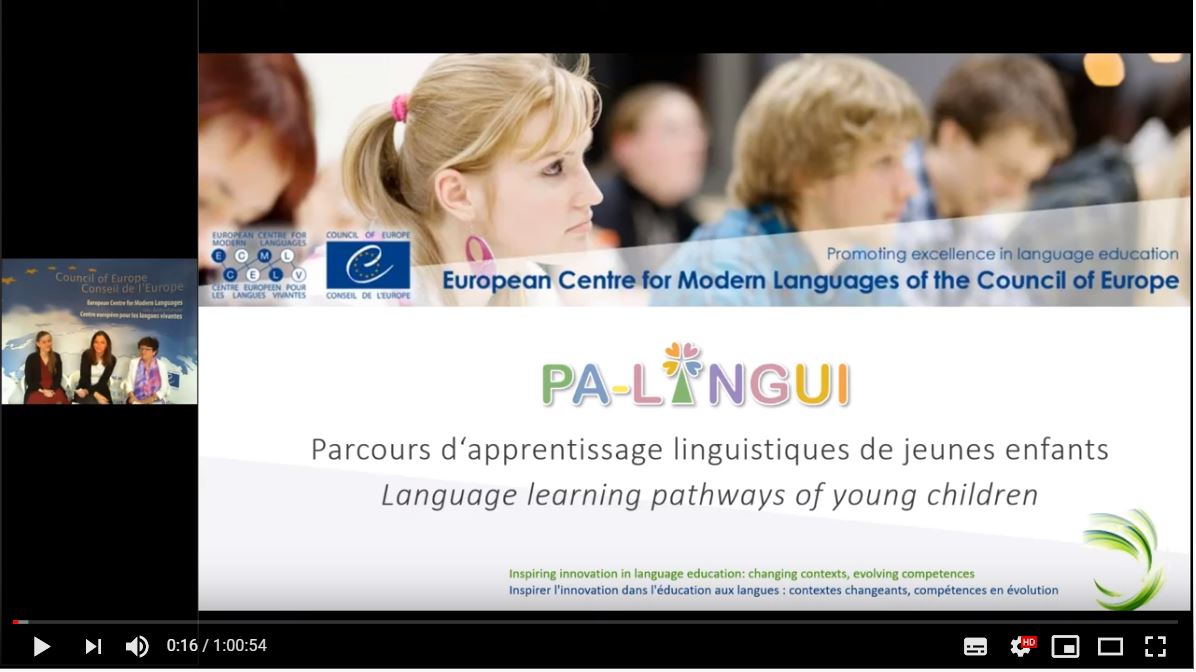 The first PALINGUI webinar (5 March 2020) invited interested teachers and educators at pre-primary and primary school level, headteachers and senior management of schools, language experts to join the project team in order to discuss the main ideas of the PALINGUI project and to share national practices, experiences and needs of education professionals:
The first PALINGUI webinar (5 March 2020) invited interested teachers and educators at pre-primary and primary school level, headteachers and senior management of schools, language experts to join the project team in order to discuss the main ideas of the PALINGUI project and to share national practices, experiences and needs of education professionals:
- How can we show young children’s daily language learning?
- What are the key stages of their development?
- How can we evaluate language learning and ensure that it is appreciated and valued?
- How can we support young children’s understanding of their own learning and help them describe their next steps in their own language learning journey?
- How can we document learning and progress in a well-founded and understandable way?
- How can we do this in the face of our demanding daily school life, without losing sight of the curriculum and without creating extra work
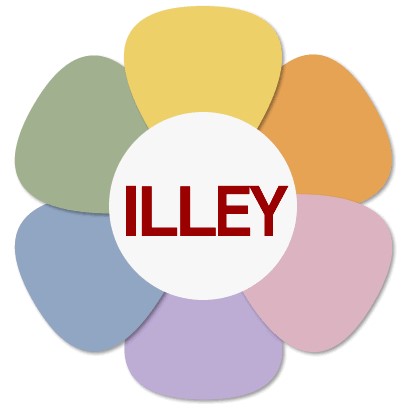
The webinar also refered to the recently published results of the ECML project conducted by the team: Inspiring language learning in the early years - Why it matters and what it looks like for children age 3-12. This freely accessible resource website helps teachers and other educators to prepare young children to successfully engage in a culturally and linguistically diverse world.
The PA-LINGUI project team:
- Flore Schank, Ministry of Education, Children & Youth, Luxembourg
- Ingeborg Birnie, University of Strathclyde, Glasgow, United Kingdom
- Dana Musilova, Czech School Inspectorate, Prague, Czech Republic
Related links:
*****
About the ECML programme of activities 2020-2023
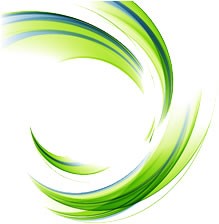 PALINGUI is one of the 9 projects addressed by the current ECML medium-term programme “Inspiring innovation in language education: changing contexts, evolving competences” which focuses on the following key themes during the next four years: formative assessment in early language learning and for newly arrived migrant children, languages in support of digital citizenship and other transversal skills, the CEFR Companion Volume and linguistic mediation, CLIL in languages other than English, neighbouring languages in cross-border vocational training, teacher competences for pluralistic approaches. This programme has been developed in direct response to identified language education priorities in ECML member states.
PALINGUI is one of the 9 projects addressed by the current ECML medium-term programme “Inspiring innovation in language education: changing contexts, evolving competences” which focuses on the following key themes during the next four years: formative assessment in early language learning and for newly arrived migrant children, languages in support of digital citizenship and other transversal skills, the CEFR Companion Volume and linguistic mediation, CLIL in languages other than English, neighbouring languages in cross-border vocational training, teacher competences for pluralistic approaches. This programme has been developed in direct response to identified language education priorities in ECML member states.
14.02.2020
Take part in the webinar "PALINGUI – Language learning pathways of young children: How to make language learning visible ": Thursday 5 March, 15:30-16:30 (CET)
Target audience:
- teachers and educators at pre-primary and primary school level,
- headteachers and senior management of schools,
- language experts with an interest in the theme.
Registration:
Please click here.
Please note that the webinar is limited to 150 places, so early registration is recommended.
Language:
The webinar will be in English and French.
*****
Language learning pathways are becoming more and more diverse as a result of linguistic and cultural diversity. This diversity means that young people can grow up with multiple languages and cultures, different practices and customs, as well as different ways of speaking and writing.
The new PALINGUI project of the European Centre for Modern Languages of the Council of Europe (ECML) will be looking at these diverse linguistic journeys of young learners and how to make these visible.
- How can we show young children’s daily language learning? What are the key stages of their development? How can we evaluate language learning and ensure that it is appreciated and valued?
- How can we support young children’s understanding of their own learning and help them describe their next steps in their own language learning journey?
- How can we document learning and progress in a well-founded and understandable way?
- How can we do this in the face of our demanding daily school life, without losing sight of the curriculum and without creating extra work
If these questions are relevant to you, the project team would like to invite you to join them to discuss the main ideas of the PA-LINGUI project and to share your experiences of observing, evaluating and documenting language learning in young children. Your input will help the team to understand and consider, from the start, the needs of education professionals as well as existing practices in member states.
We hope you will be able to join us:
- Flore Schank, Ministry of Education, Children & Youth, Luxembourg,
- Ingeborg Birnie, University of Strathclyde, Glasgow,
- Dana Musilova, Czech School Inspectorate, Prague.
The webinar will also refer to the recently published results of the ECML project conducted by the team: “Inspiring language learning in the early years”.
Please note that the ECML will not issue a certificate of participation for this webinar.